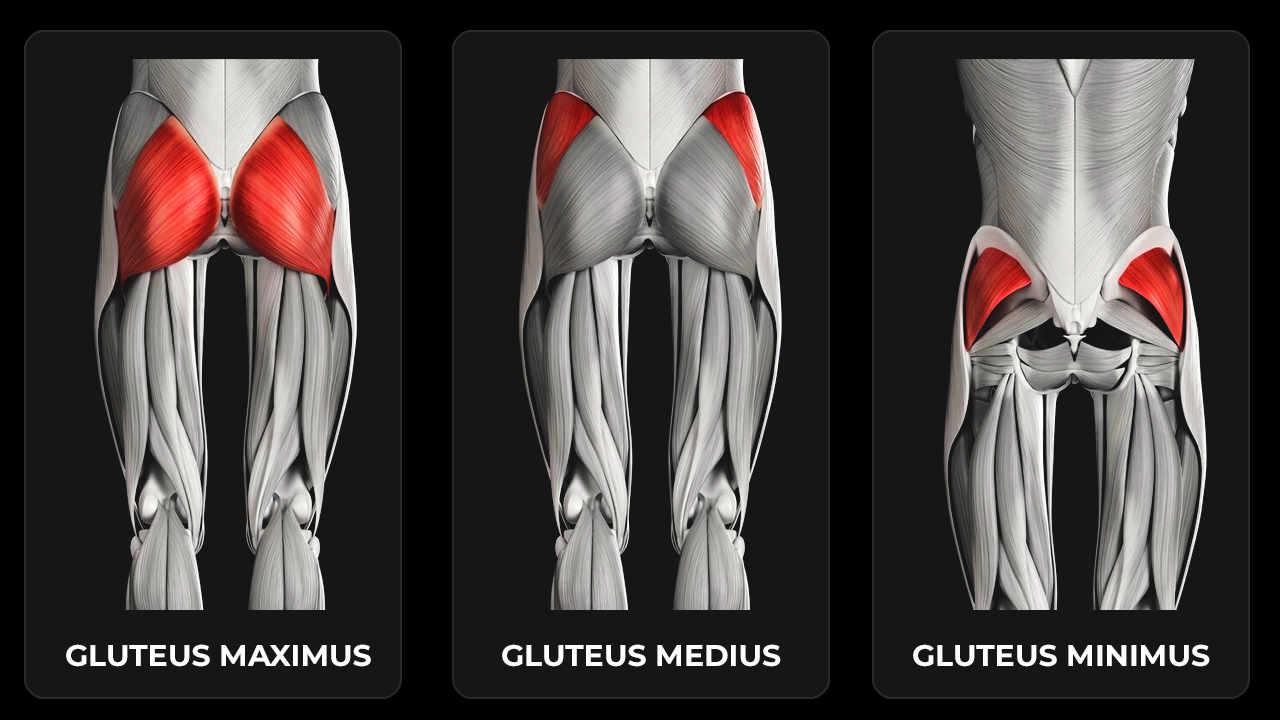Introduction: In the realm of rehabilitation, outpatient physical therapy at home emerges as a revolutionary approach, offering convenience, comfort, and personalized care to individuals on their journey to recovery. This article delves into the transformative impact of outpatient physical therapy delivered in the familiar surroundings of one’s home, redefining the traditional rehabilitation experience and empowering individuals to achieve their rehabilitation goals with ease and efficiency.
- The Evolution of Outpatient Physical Therapy at Home: Outpatient physical therapy at home represents a paradigm shift in rehabilitation, driven by advancements in technology, changes in healthcare delivery models, and a growing emphasis on patient-centered care. This innovative approach recognizes the importance of providing rehabilitation services in the most conducive environment—the home—where individuals feel most comfortable and supported.
- Convenience and Comfort: One of the key benefits of outpatient physical therapy at home is the unparalleled convenience and comfort it offers. Rather than traveling to a clinic or rehabilitation center, individuals can receive therapy sessions in the comfort of their own home, eliminating the need for transportation logistics and minimizing disruptions to their daily routines. This convenience enhances compliance with treatment plans and promotes a sense of autonomy and empowerment in the rehabilitation process.

- Personalized Care and Attention: Outpatient physical therapy at home allows for highly personalized care and attention, tailored to the individual needs and preferences of each patient. Therapists can conduct comprehensive assessments in the home environment, gaining insights into the unique challenges and opportunities for rehabilitation. This personalized approach enables therapists to develop customized treatment plans that address specific goals, functional limitations, and environmental factors, maximizing the effectiveness of therapy interventions.
- Family Involvement and Support: The home environment provides an ideal setting for involving family members and caregivers in the rehabilitation process. Loved ones can actively participate in therapy sessions, provide emotional support, and learn valuable techniques for assisting with exercises and activities of daily living. This collaborative approach fosters a sense of teamwork and solidarity, strengthening the support network and promoting positive outcomes in rehabilitation.
- Integration of Functional Activities: Outpatient physical therapy at home enables therapists to integrate functional activities and real-life scenarios into the rehabilitation process, enhancing the relevance and applicability of therapy interventions. By incorporating tasks such as stair climbing, kitchen activities, and home safety assessments, therapists can help individuals regain independence in activities of daily living and transition seamlessly back to their pre-injury or pre-surgery routines.
- Telehealth and Remote Monitoring: With the advent of telehealth technologies, outpatient physical therapy at home has become more accessible and effective than ever before. Telehealth platforms enable therapists to conduct virtual therapy sessions, deliver remote education and instruction, and monitor progress over time. This remote monitoring capability allows for continuous assessment and adjustment of treatment plans, ensuring that individuals receive ongoing support and guidance throughout their rehabilitation journey.

- Enhanced Continuity of Care: Outpatient physical therapy at home promotes enhanced continuity of care by bridging the gap between acute care settings and the home environment. By providing seamless transitions from hospital or clinic-based rehabilitation to home-based therapy, individuals experience a smoother continuum of care, reducing the risk of interruptions in treatment and promoting long-term success in rehabilitation.
Conclusion: Outpatient physical therapy at home represents a groundbreaking approach to rehabilitation, offering unparalleled convenience, personalized care, and functional relevance to individuals on their journey to recovery. By harnessing the power of the home environment, leveraging telehealth technologies, and embracing a patient-centered philosophy, this innovative approach empowers individuals to achieve their rehabilitation goals with confidence, comfort, and dignity. As outpatient physical therapy at home continues to evolve and expand, it holds the promise of transforming the rehabilitation landscape, redefining the boundaries of possibility, and unlocking new pathways to wellness and independence.



